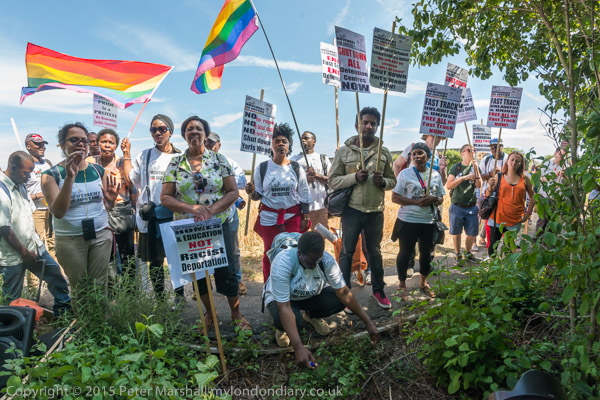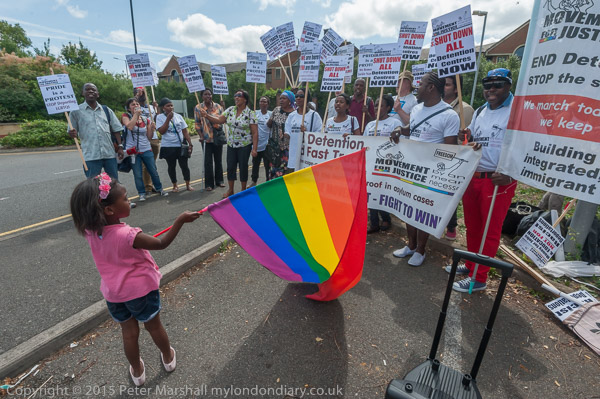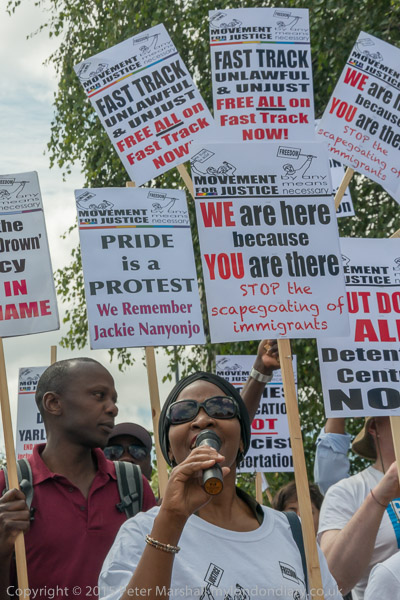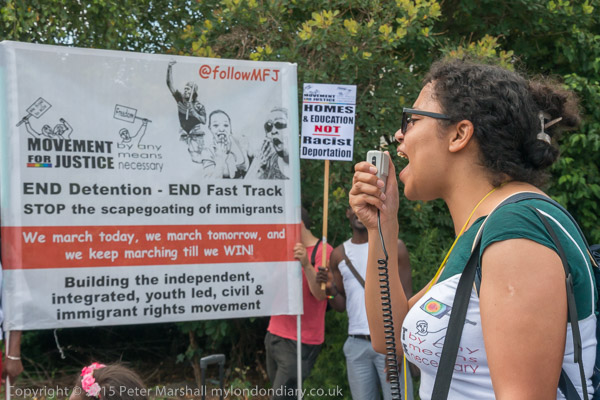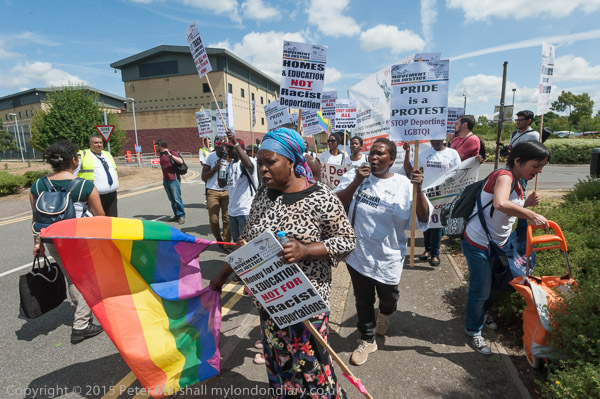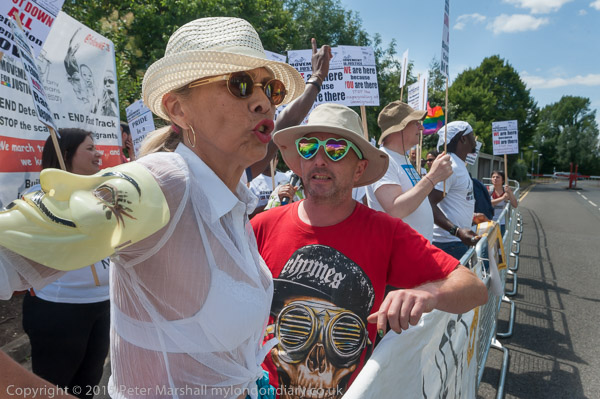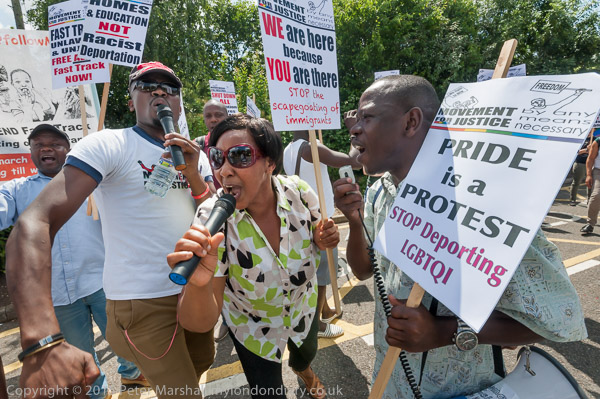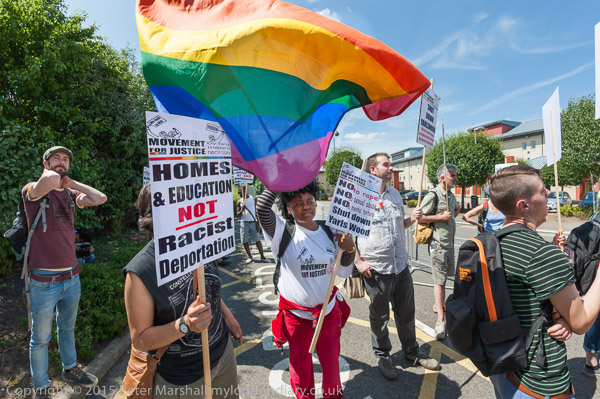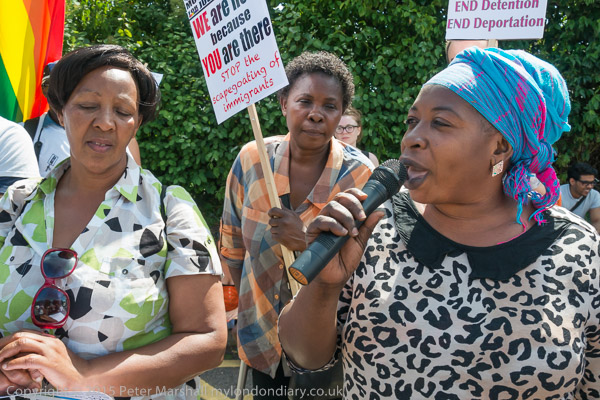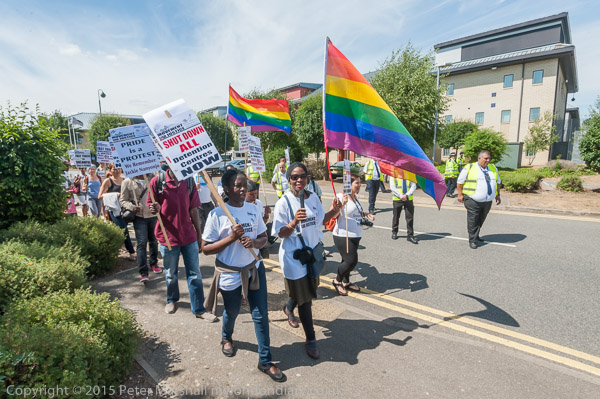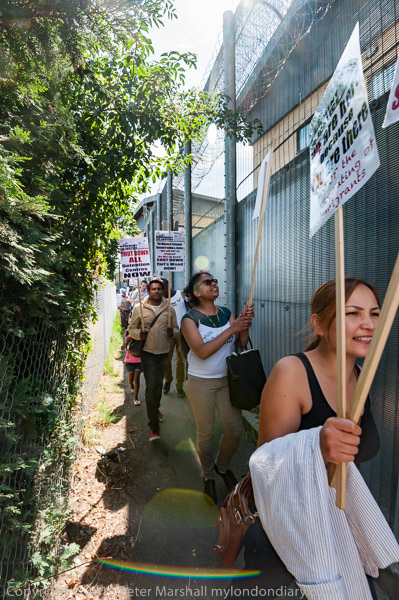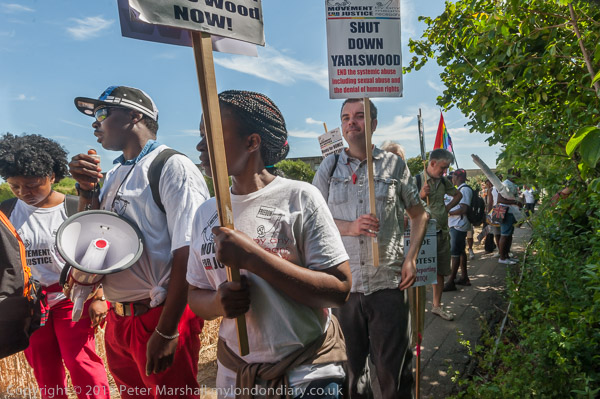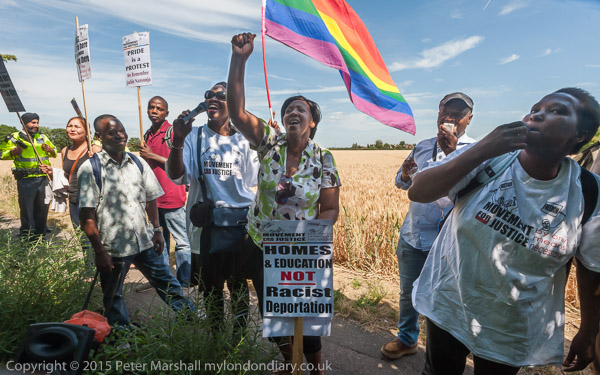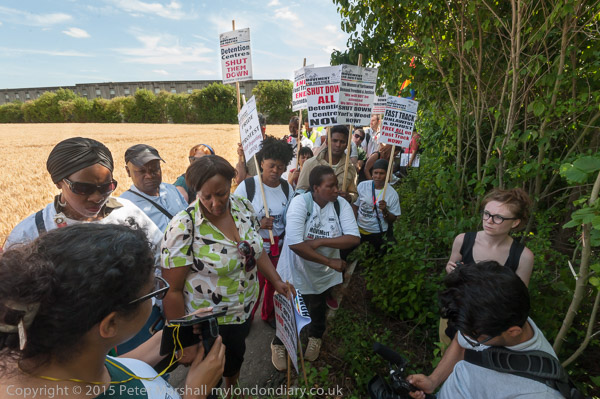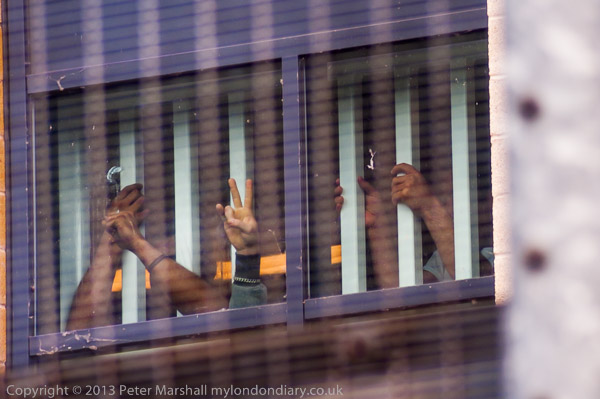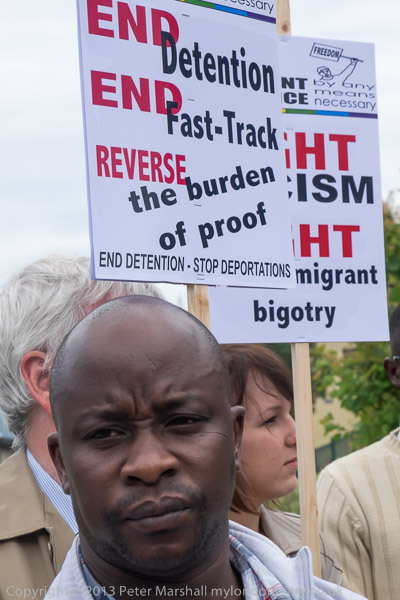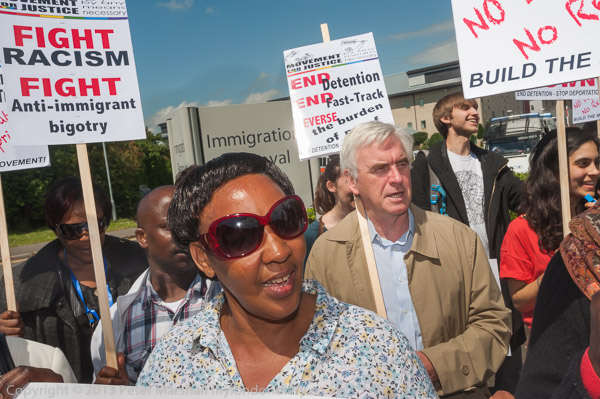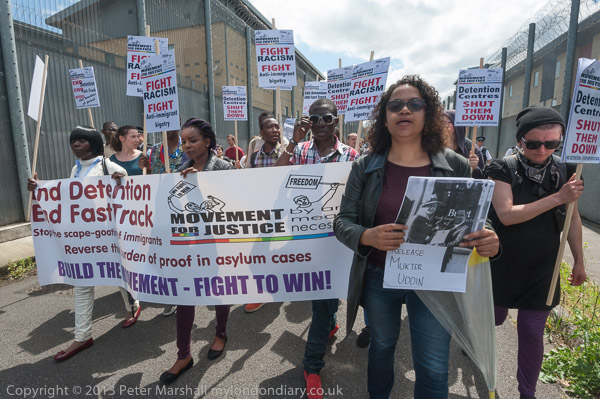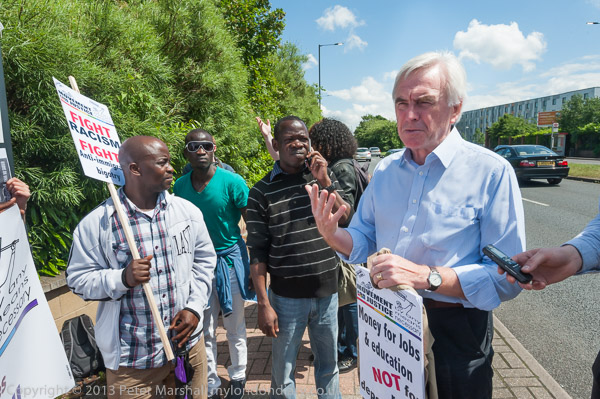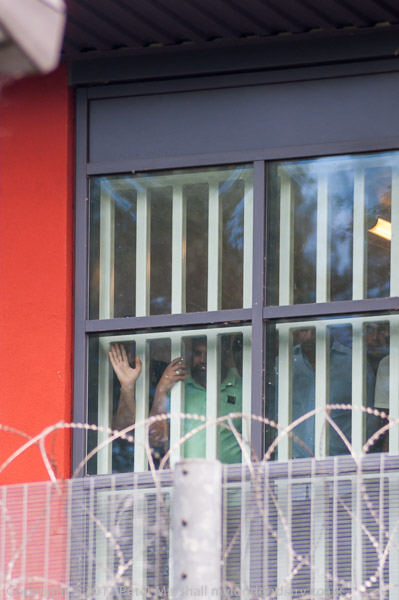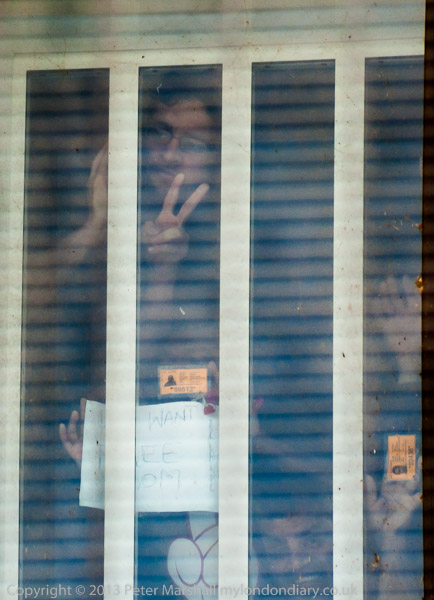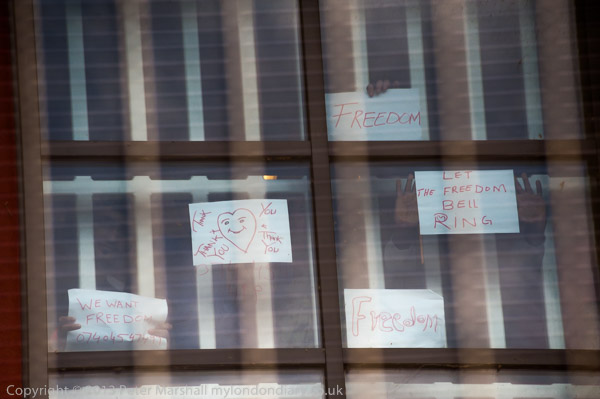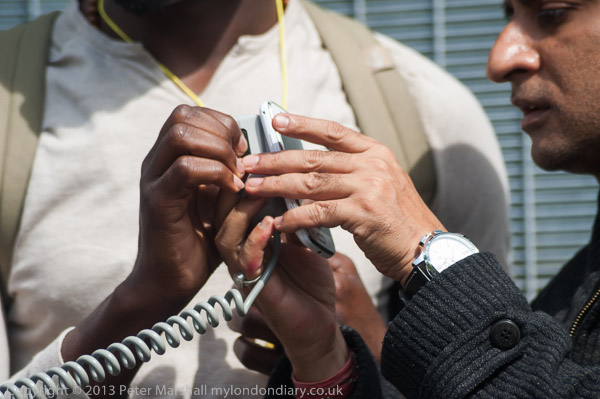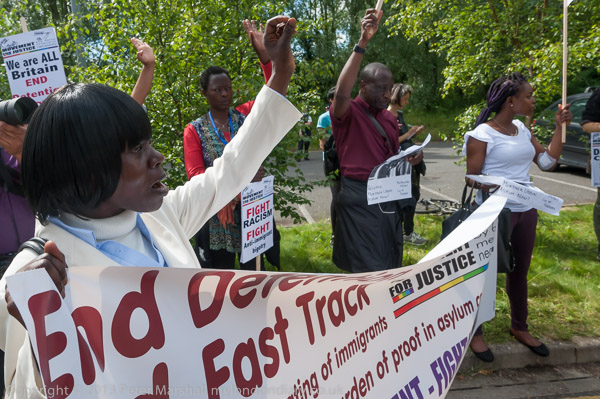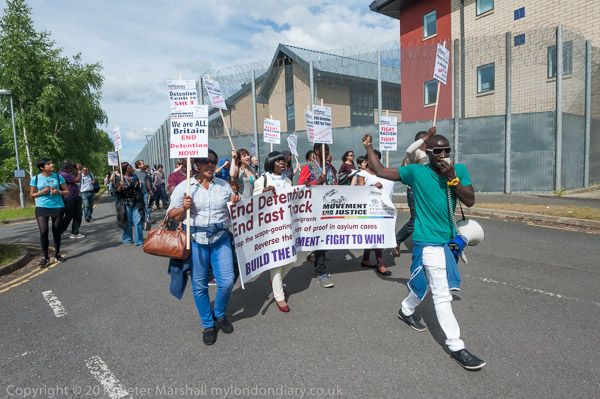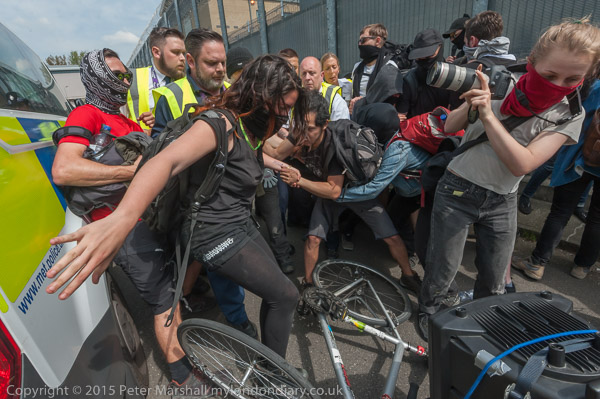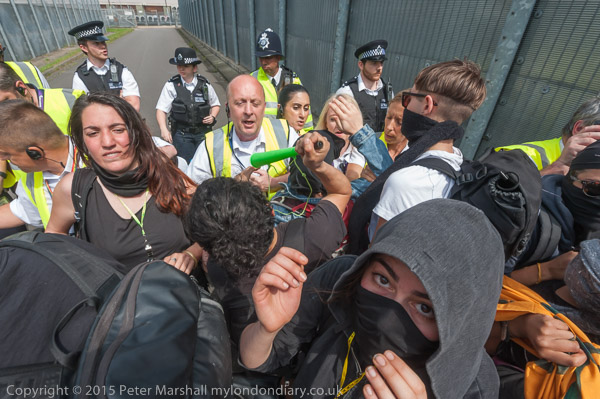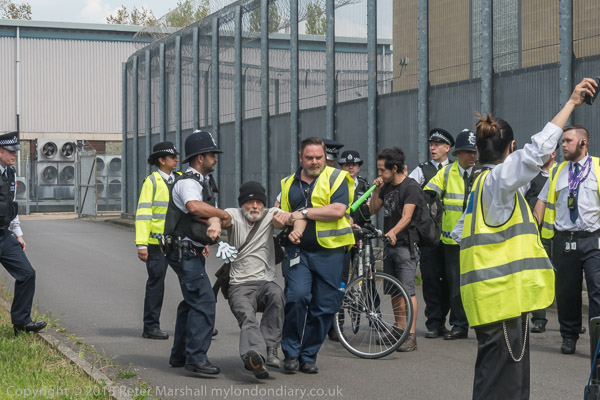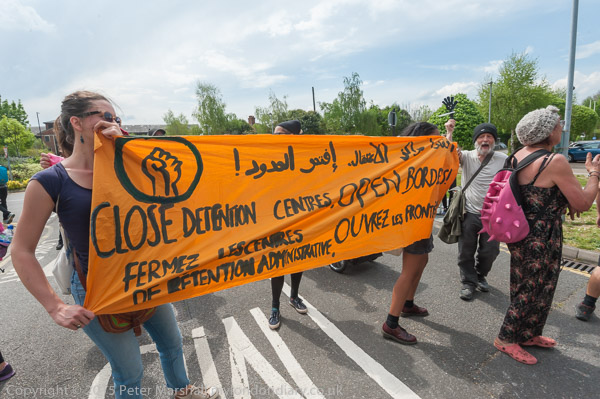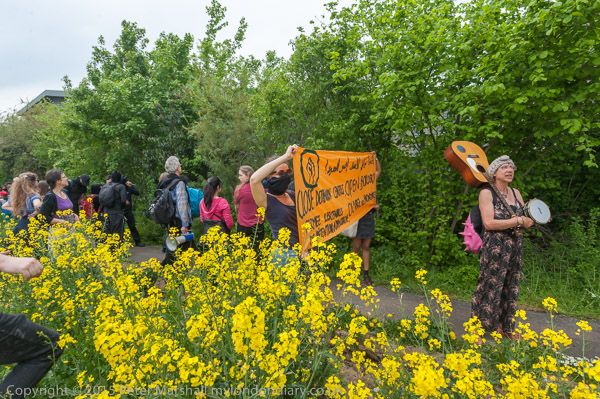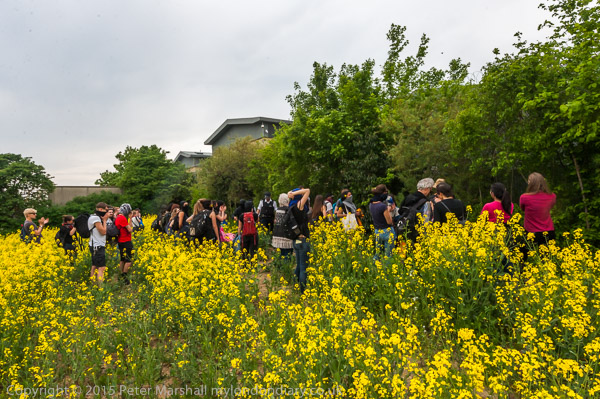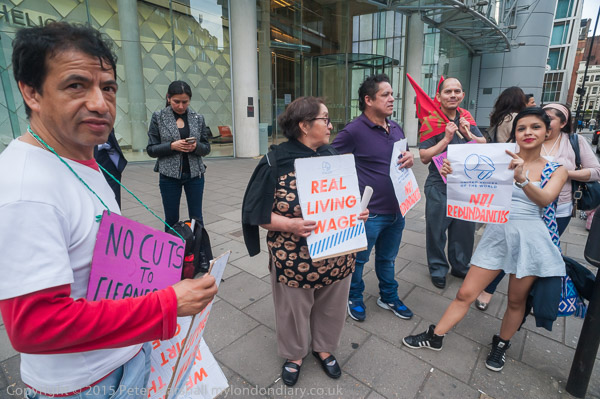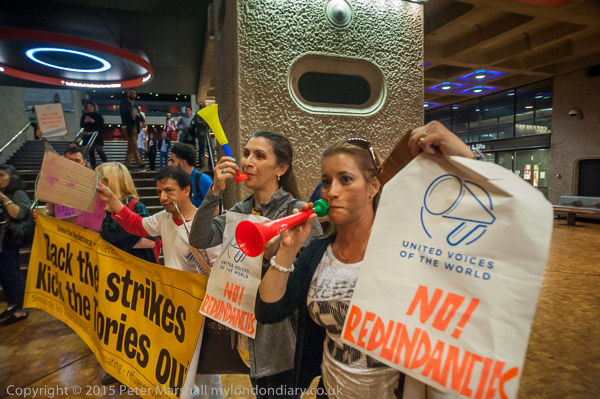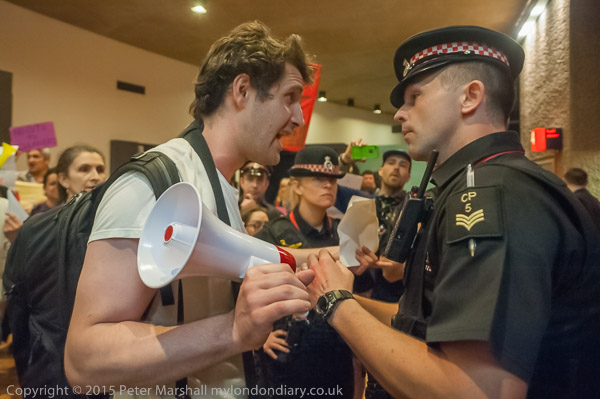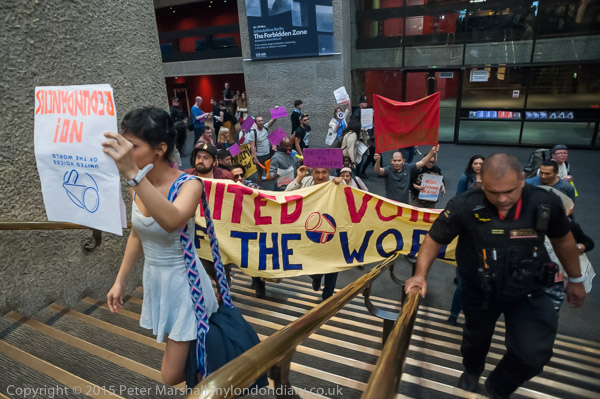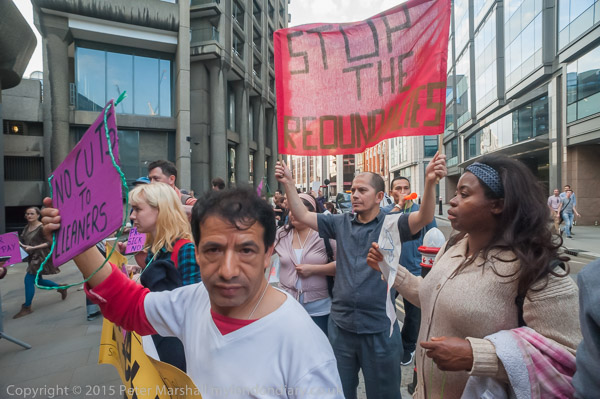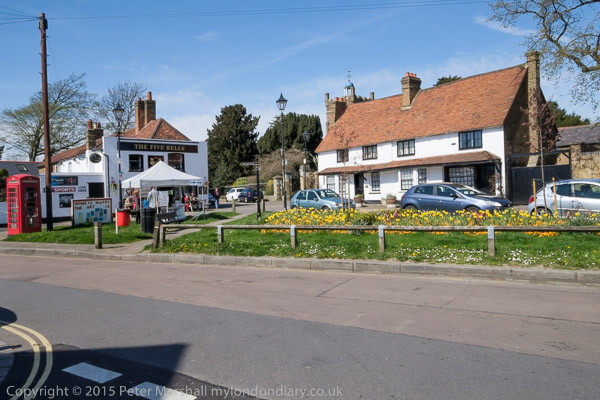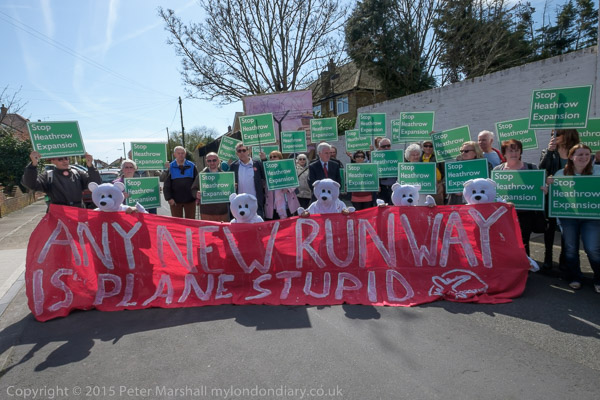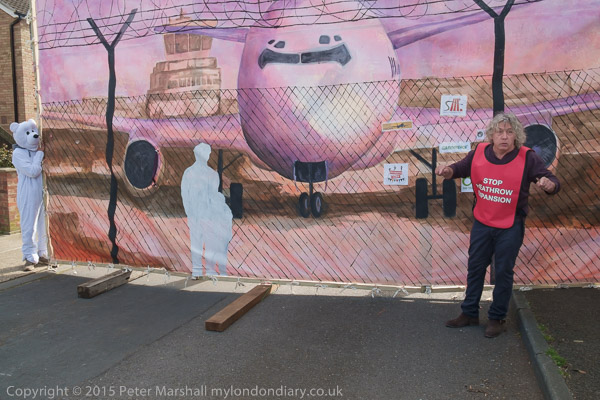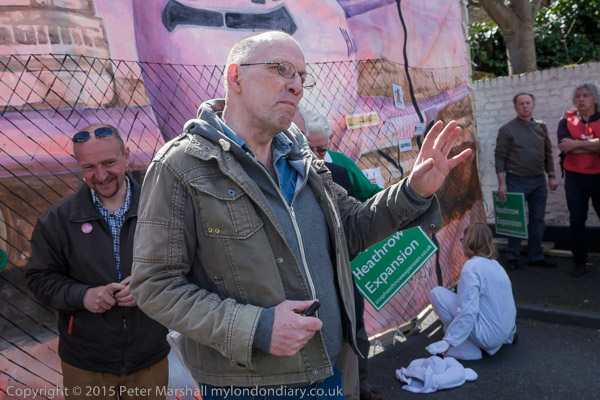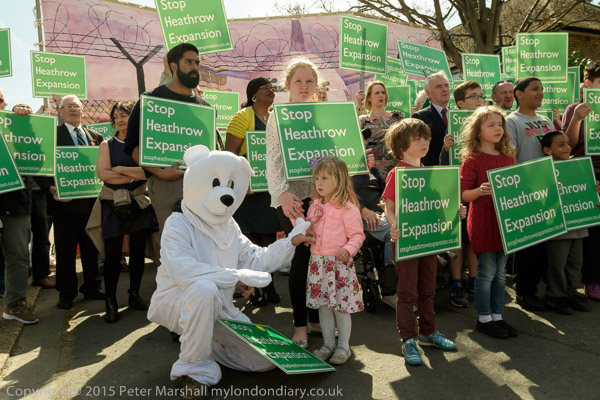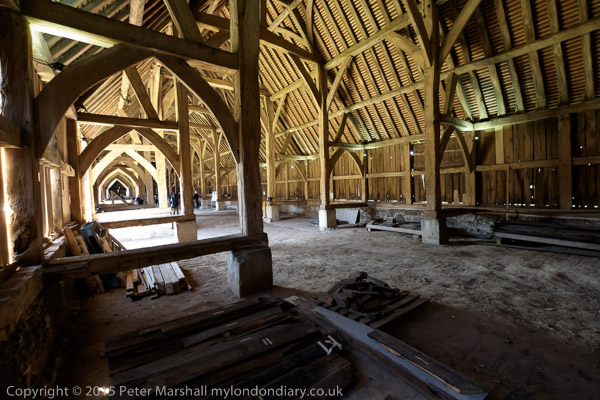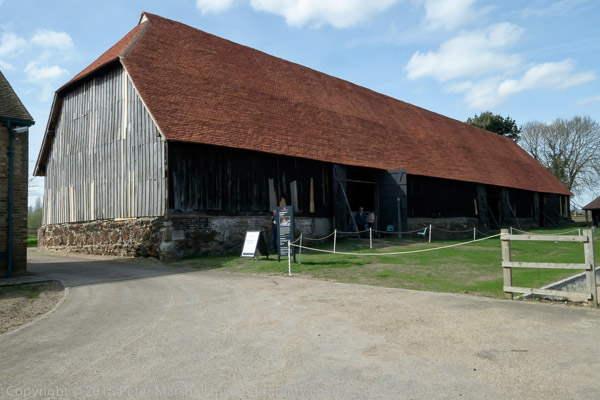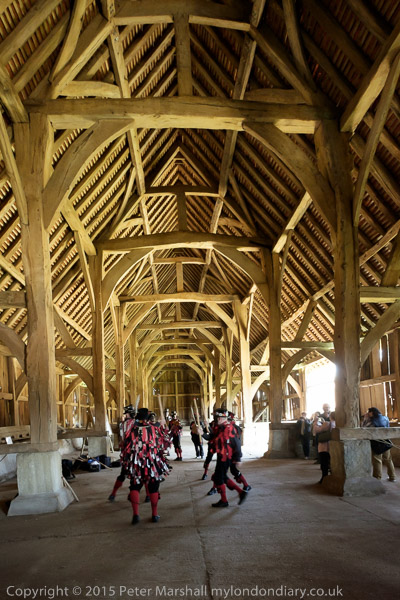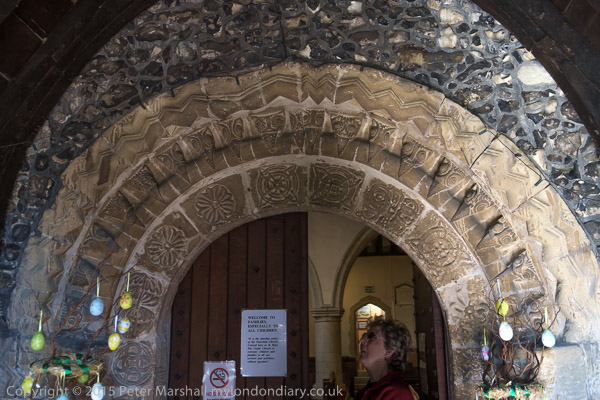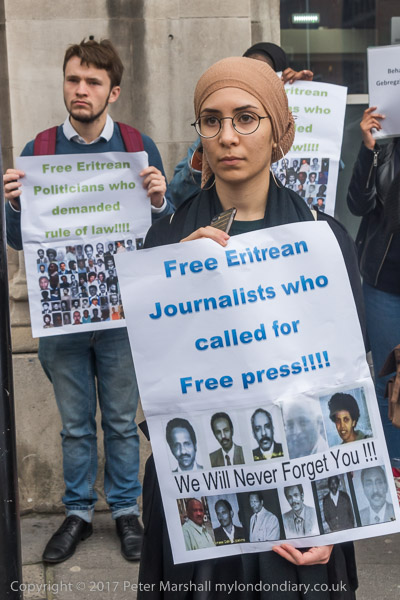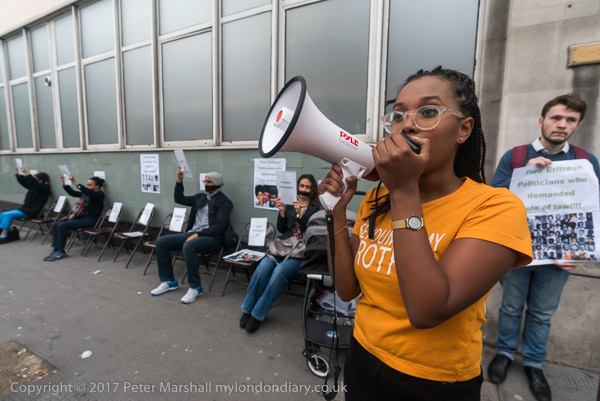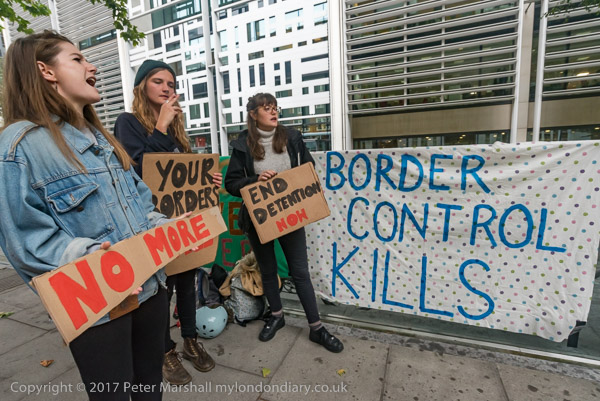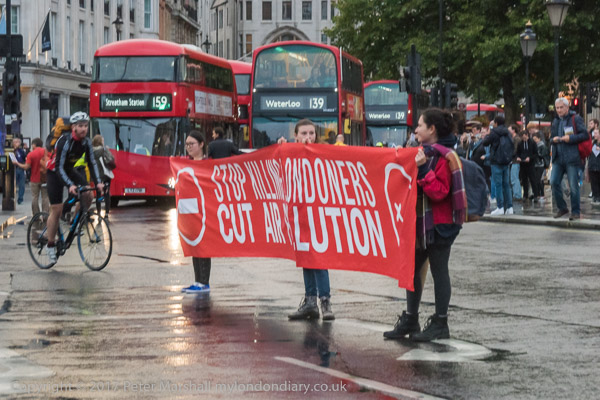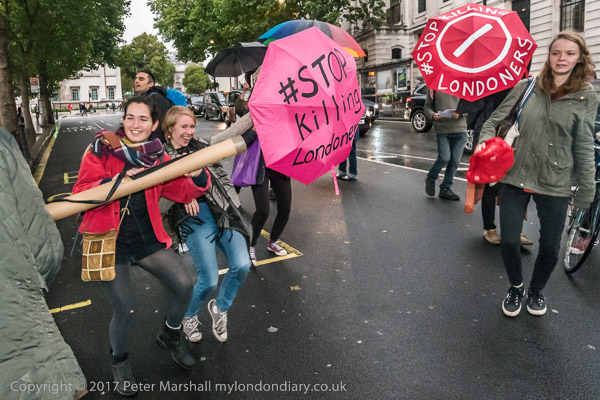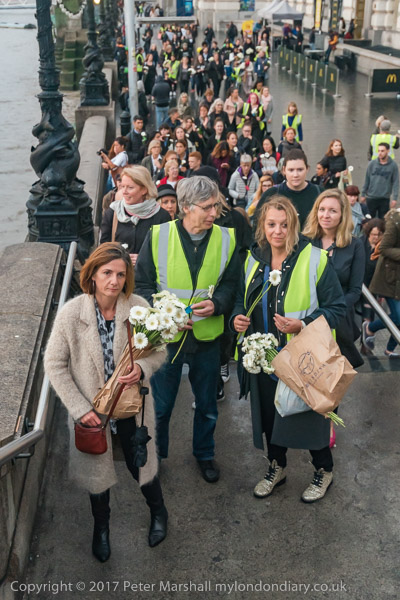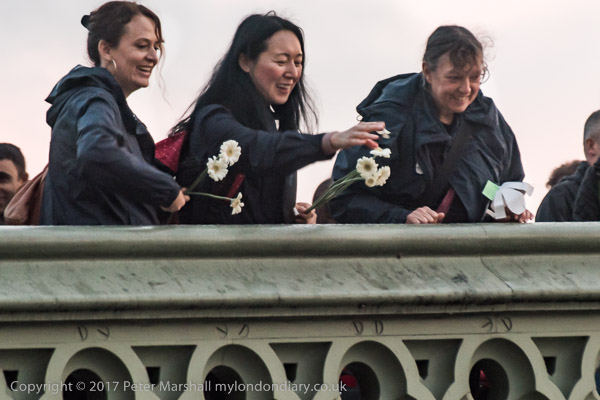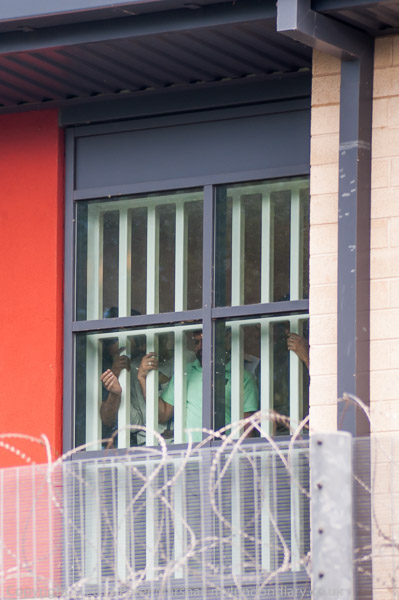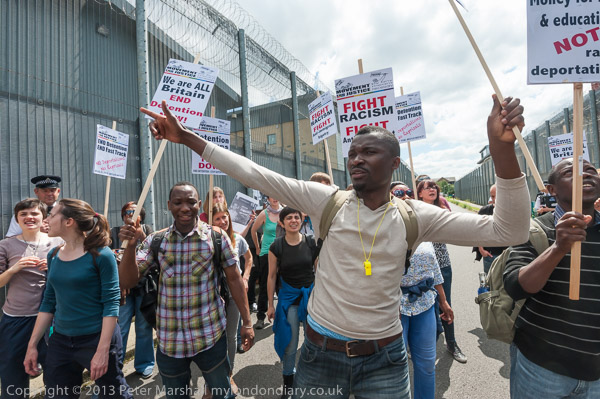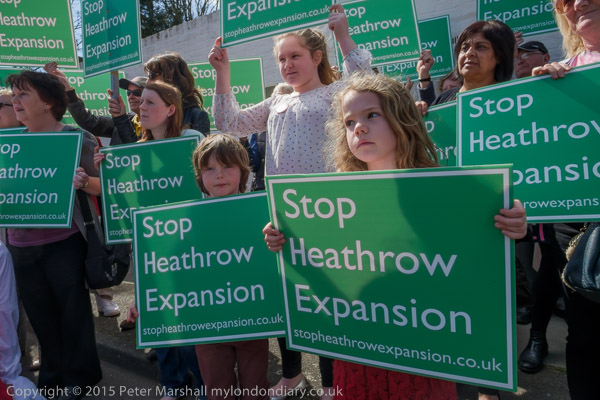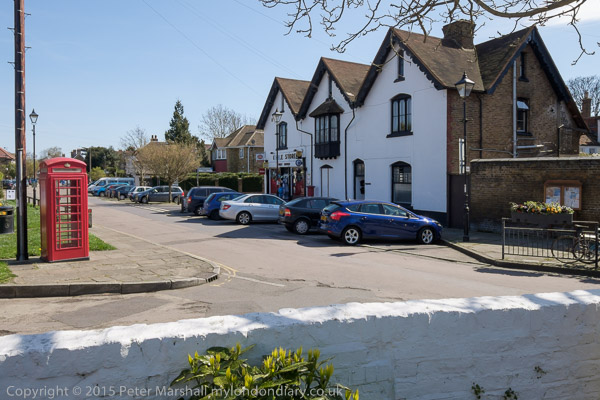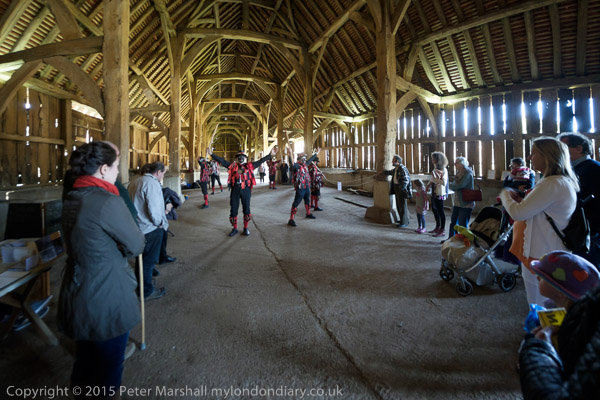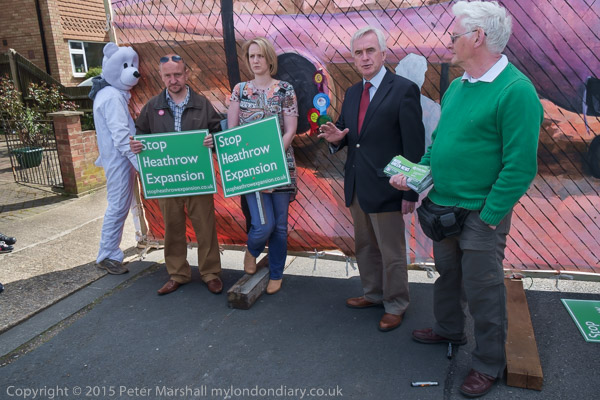Back in 2007, My London Diary’s text was still firmly stuck in lower case – an affectation perhaps reflecting my admiration for the work of ee cummings, whose works, though not completely free of capitals used rather less than the normal quota, but I did it more to speed up my use of the keyboard. I’ve corrected at least most of the capitalisation in the following account I wrote back then about the events I photographed on Sunday 19th August 2007. When I set out I hadn’t intended to go to Heathrow – their restrictive media policy had put me off, but a police search changed my mind.
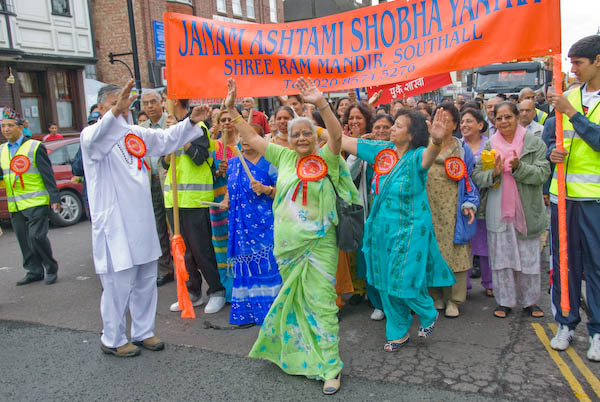
Janam Ashtami Shobha Yaatra – Shri Krishna’s Birthday, Shree Ram Mandir, Southall
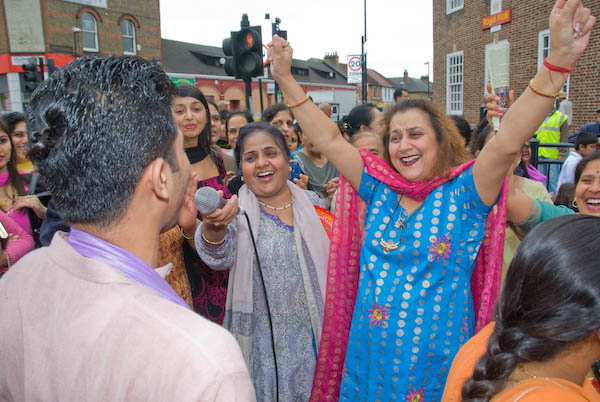
On Sunday 19th August 2007 I cycled through the light rain to the Shree Ram Mandir (Temple Of Lord Rama) in King Street, Southall, which was apparently the first Hindu temple established in Britain, although recently rebuilt. They were holding their Janam Ashtami Shobha Yaatra, a procession in honour of the birth anniversary of Krishna which in 2007 was on September 4th.
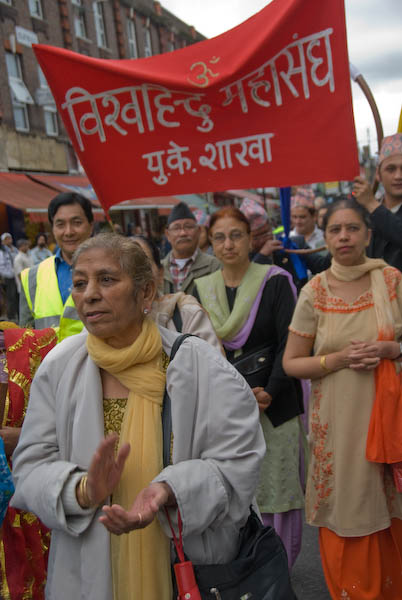
I have to admit to finding the Hindu religion confusing, but processions such as this are lively and colourful events even if their full appreciation may require a rather different mindset to mine.
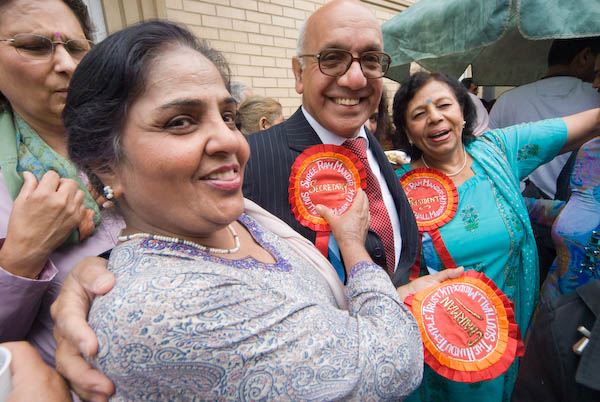
it is easy to share the feelings of celebration and of community, and to feel the welcome given by so many. I also met for the first time the newly elected MP for Ealing Southall who held the seat for labour in last month’s by-election, Virendra Sharma, taking part in the procession; many were eager to pose for their picture with him.
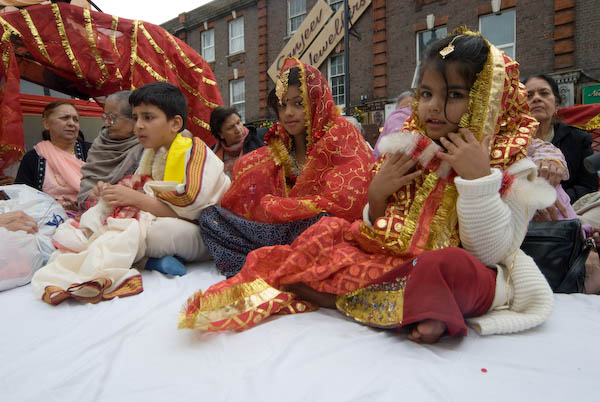
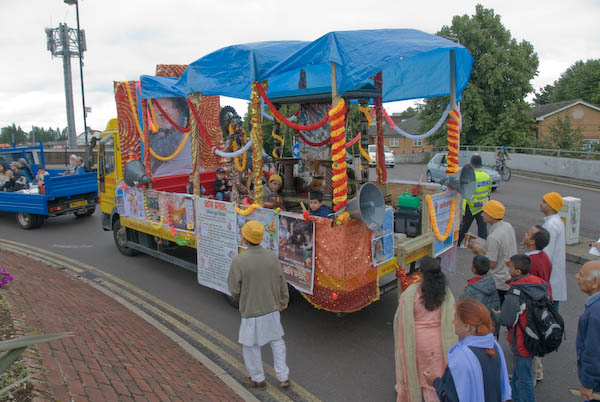
Many more pictures on My London Diary
Heathrow Climate Camp Protestors – Bath Road, Sipson Sun 19 Aug 2007
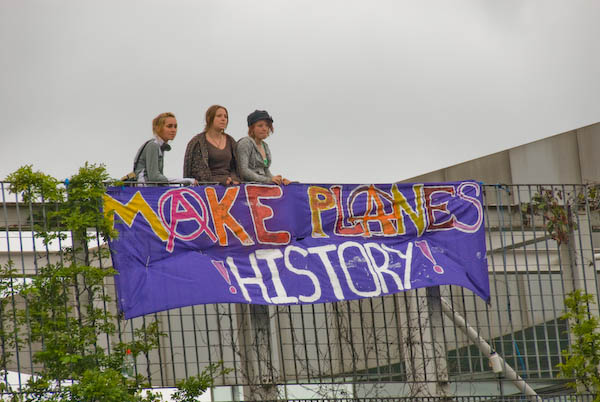
I took a route back from Southall along the north side of Heathrow, close to the climate camp. On my way to Southall, along the Great South West Road which runs along the south-east of the airport, I’d been stopped and searched by police at Hatton Cross. Its a power that police are using more and more – on average around 11,000 a month in London now, and one that makes me feel uneasy. We now seem to be in a kind of police state I’ve certainly never voted for and don’t wish to live in.
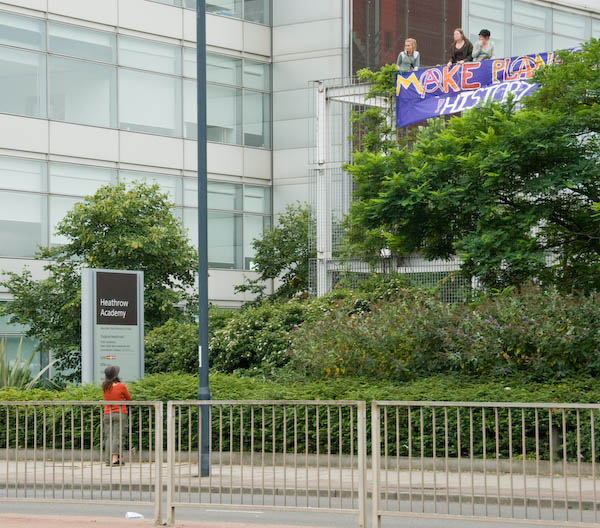
I won’t appear in the Met’s figures, despite being searched in London, as the two officers concerned had been drafted in from Surrey for the day. They were polite and we had a pleasant enough conversation, but to me it still seems an unreasonable intrusion – and I think they only did it because they were bored. Under section 44 of the Terrorism Act 2000, the police can search anyone in an area designated as likely to be the subject of a terrorist attack – such as airports. They don’t need to have any grounds to suspect you, being there is enough.
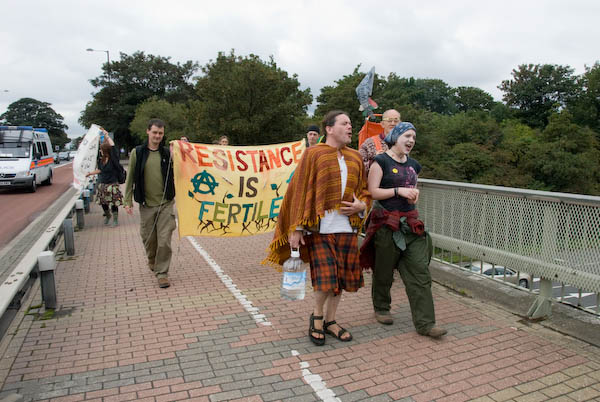
Cycling back along the pavement by the bath road (a shared path) there were rather more police around, but they were too busy with more likely targets to stop me. As I came along the road I found myself riding along with a woman who was obviously hurrying to get somewhere. We both stopped at the same point, opposite where three activists had scaled the side of a small building with a banner reading “MAKE PLANES HISTORY”.
She jumped over the fence between the two carriageways to approach the protesters, while I stayed on the opposite side from where I had a better view. Later she came back to talk to the TV crew beside me and was talking to one of the protesters – obviously she was proud of her daughter’s action.
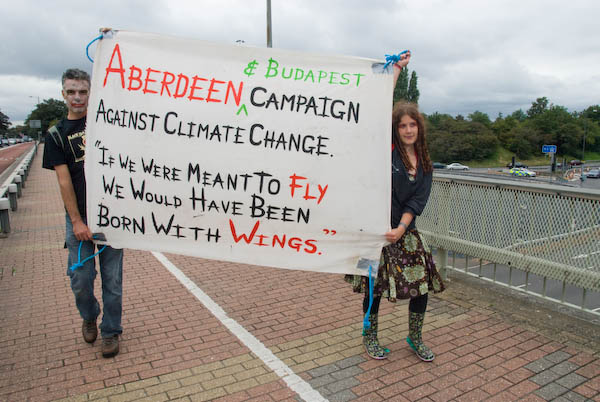
And she had every right to be proud. we need action over Heathrow, action to prevent the takeover of even more land for the third runway. I’ve long opposed the expansion of Heathrow – and was on the local march against the third runway. Now there shouldn’t even be a possibility of further expansion, but the government must look at ways of running down the activities at Heathrow, or it will be failing not just west London but the world.
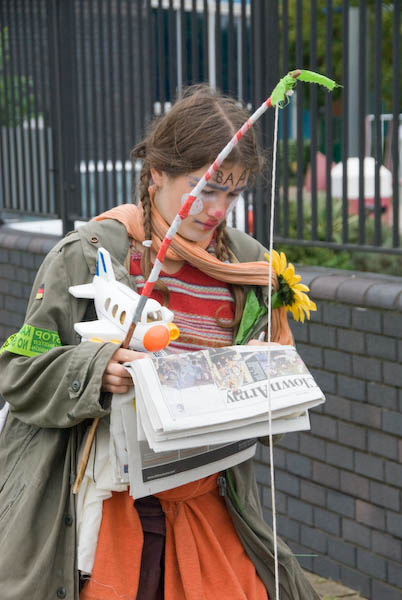
Further along the road I found protesters gathering around the British airports authority offices, which were ringed by police. Nothing much seemed to be happening and the media were there in force, so I left the guys to it. I’d previously been upset by the restrictive media policy adopted by the climate camp, which had the effect of preventing sensible photographic coverage of the event. So I was rather less interested than I might otherwise have been in putting myself out to take pictures.
Along the road I met a few groups of demonstrators and did take a few pictures of them, including some on the bridge over the road into the airport, and a couple of the clown army being harassed by a police photo team, but my heart still wasn’t really in it.
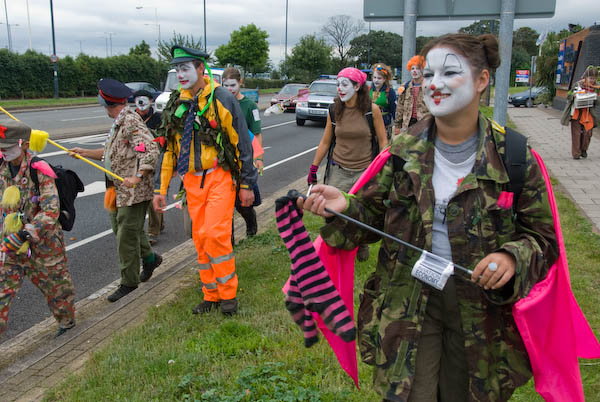
The British airways offices had seemed to me a likely place for a confrontation – and obviously the police had thought so too, as teams of black clad figures paced up and down spoiling for a fight, watched over by the guys in uniform and a group of suits. At the top of the mound in front of the offices were a couple of officers on horses.
It was like some painting of the field lining up before a medieval battle, and I wish I’d stopped to take a picture, but they were so obviously looking for trouble I decided I didn’t want the aggravation that this would most likely have caused. For once you will just have to imagine it!
